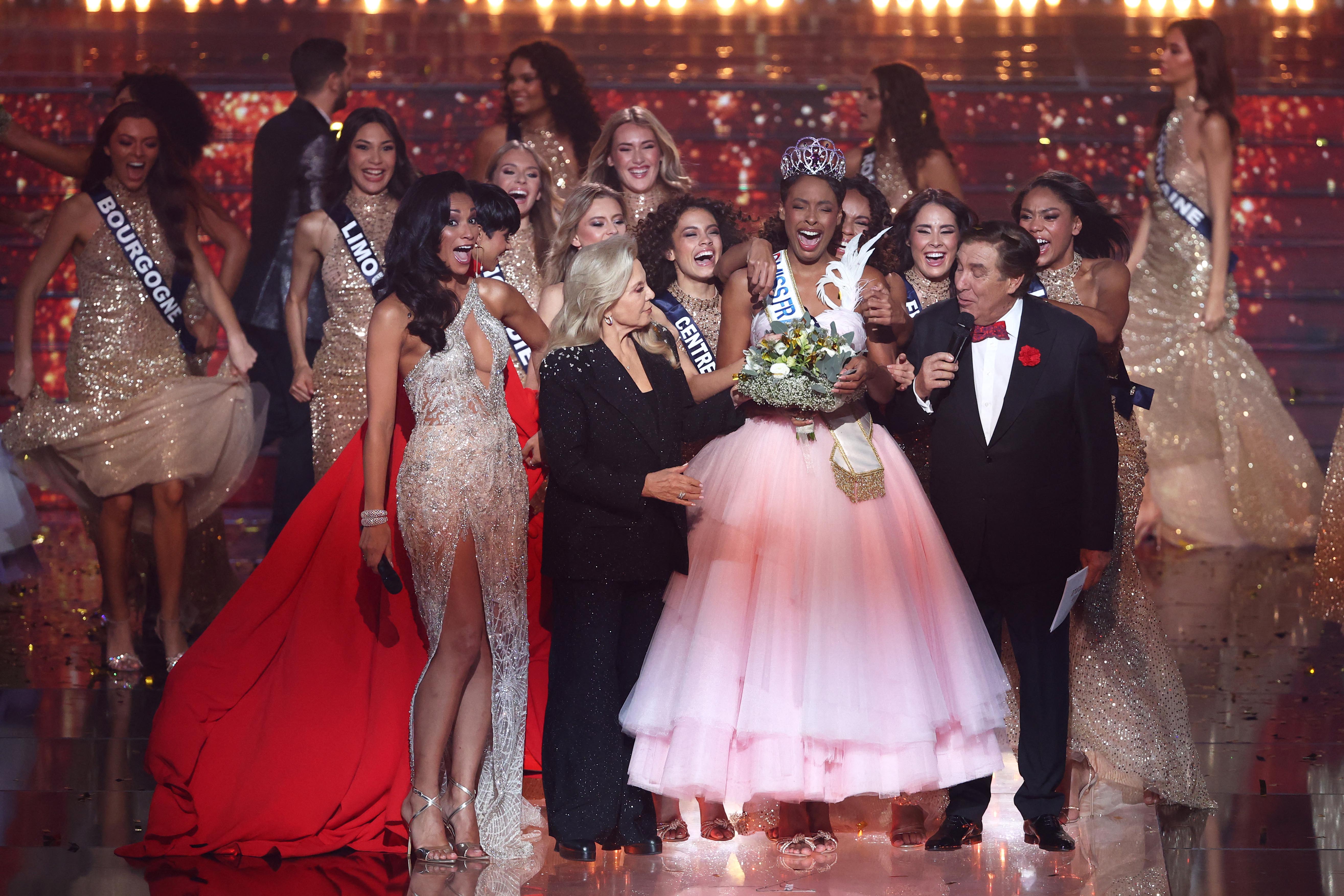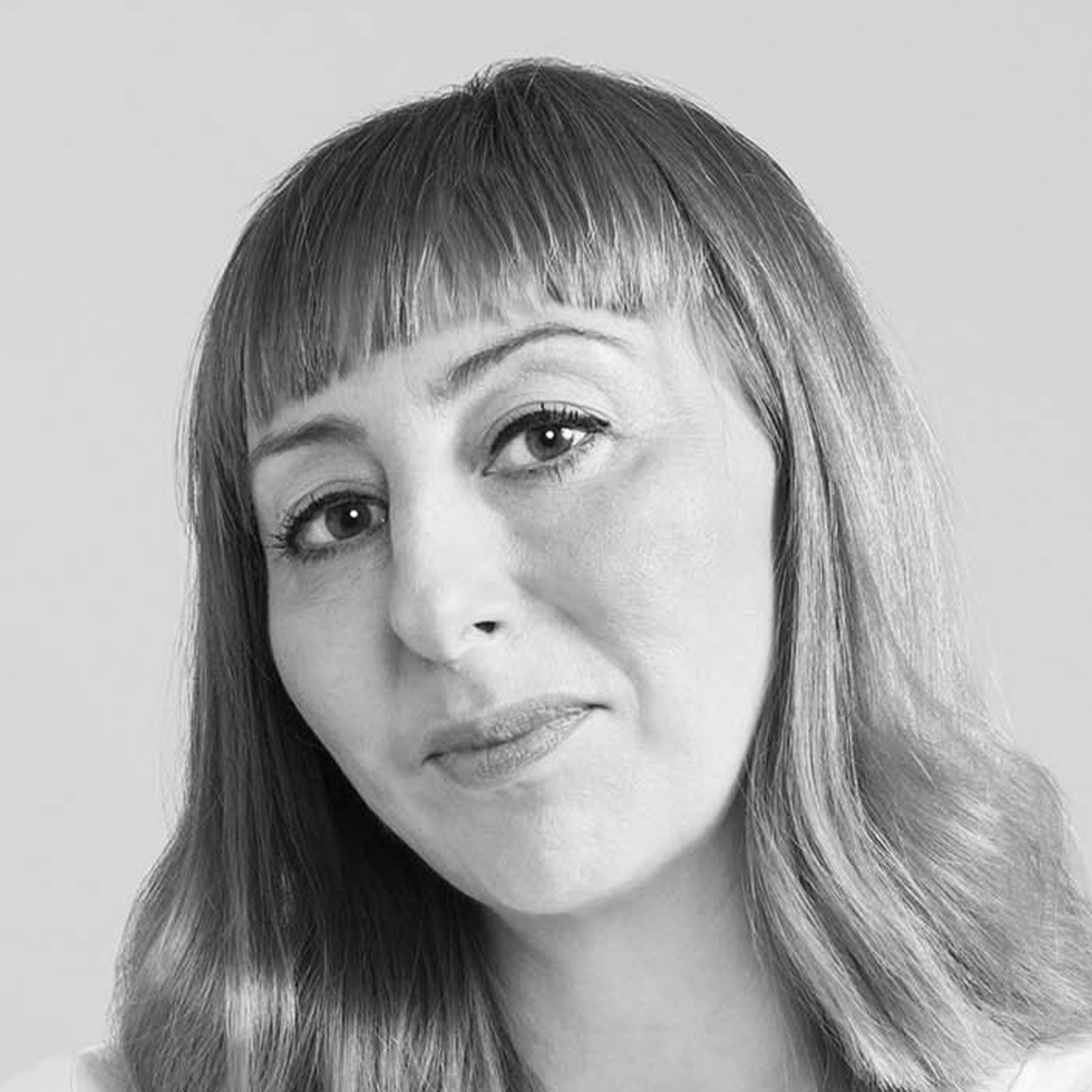When I read news of the reigning Miss England walking out of this year’s Miss World competition, I was shocked. Not so much about the walking out, more... that Miss World still exists? Anyway, what happened was this: Milla Magee, who’s 24 and lives in Newquay, decided to take part in the Miss World 2025 pageant to, she said, “promote her campaign to have CPR added to the school curriculum,” but left before the finals in India because she felt exploited. She said she and the other contestants were being used as entertainment for investors as a “thank you”.
The organisation’s chief executive, Julia Morley, reportedly responded that the real reason Magee left was because she “believed she didn’t stand a chance in the competition”, and round they went like this in the press for a little while, with the Miss England director pointing out the good work Magee’s pageant peers have done, highlighting “First Aid Against Knife Crime” and “Women in Stem”. Magee said, “I would hate for another young girl to go into this system after watching me this past year and have to experience the same. I felt like I’ve been fed a false narrative of this system that promotes ‘beauty with a purpose’, that’s supposed to be about advocacy and what you champion for.”
Pageants have rebranded themselves as glittering arenas of female empowerment rather than places where boys learn to look at women
I got quite stuck on the “beauty with a purpose” thing, the knife crime, the CPR. Not necessarily because I’m an awful cynic (though there is, of course, that), assuming some sort of beauty-washing was at play, an attempt to paint the contest as a wholly charitable endeavour rather than a leery chance to look at girls’ legs. But also because, in a time when advertising and influence has become quite sophisticated, there is something very charming about the GCSE this’ll-do bluntness of the Miss World political project. Instead of trying to sneak vegetables (CPR) into our meal by chopping them up finely or making them look like spaghetti (beautiful girls), they continue to simply sprinkle spinach on a tiramisu and wait for their Nobel Peace Prize. Sure, maybe Miss World isn’t just about looking at young women, but by the same metric, doesn’t a gun make a marvellous paperweight?
I did feel sorry for Magee. If only she’d… Googled? Yes, beauty contests have evolved over the decades – Miss World eliminated its swimsuit round in 2014, and (Morley told the Telegraph in 2019) they’d probably accept a size-16 contestant now (though not size 20), and trans women were welcome to enter (“If they’ve had gender reassignment surgery”). Pageants have rebranded themselves as glittering arenas of female empowerment rather than places where boys learn to look at women and girls learn to watch themselves being looked at. But misogyny is baked into this industry (one which Trump had a large stake in for the 19 years he owned the Miss Universe organisation), with countless women, most notably those competing to be Miss World America, reporting exploitation and humiliation. Former titleholder Marisa Butler once said, “Being Miss World America was horrible, I wouldn’t wish it on my worst enemy.”
Beauty contests have faced complaints that they are sexist, racist and demeaning almost as long as they’ve been around. In 1970, feminists flour-bombed Miss World, saying it was oppressive and exploitative. The contest’s gesture at inclusion in 1970 – inviting two contestants from South Africa, one black, one white – only worked to reinforce segregation. In 1988, Michelle Anderson had become a contestant in the Miss California pageant, after months of “bleaching, dieting, training, tanning and feigning fundamentalist beliefs to get into the running,” but a moment before the winner was announced, she reached into her bra and pulled out a silk banner that read “Pageants hurt all women.” In 2014, a town in Argentina banned beauty pageants on the grounds that they encourage violence against women. In 2022, Cheslie Kryst, who, as Miss USA, had made pageant history by becoming one of four Black women to take home international titles three years earlier, died by suicide.
When women who were prized for their beauty speak out against the structures that prized them, their voices resonate because of the particular, peculiar insights they bring. Last year I interviewed ex-Playboy bunny Crystal Hefner, who had married Hugh when he was 60 years her senior. She described how being a giggling, beautiful blonde was a full-time job, but one that almost killed her. She caught Lyme disease, as well as breast-implant illness and then toxic mould exposure from the decaying mansion. Patting her head, Hef would tell her to dye her roots, loudly compare his three girlfriends’ bodies, encourage them to have plastic surgery and play them off against each other – it would become clear he was less interested in sex, and more in power. When he died, Crystal buried him in the plot he’d bought next to Marilyn Monroe. (He would have taken the crypt above Monroe but another businessman had already bought it, where he was buried, as per his wishes, face down.)
Playboy and Miss World (the oldest existing international beauty pageant) both feel like artefacts from another time, fossils we should be marvelling at with aghast curiosity rather than accepting as part of a society that should surely have long moved on. Perhaps its survivors, like Magee, will be the ones that finally bury it for good. Pageants hurt all women! Roll out the banner.
And another thing: what to cook, look and book
Out of the frying pan
To celebrate the return of restaurant drama The Bear, recipe-box company Gousto has created The Bare – a recipe range inspired by Carmy and pals. There’s a Chicago-style beef sandwich, ‘friends & family spaghetti’ with mozzarella garlic bread, and that omelette they scattered with crisps that I often try to recreate when WFH, with varying success. Prices start at £3.09 and they’ll donate £60,000 from the range’s profit to the Trussell Trust. Yes chef!
Dynamic duos
Kiefer/Van Gogh opens this month at the Royal Academy, exploring Van Gogh’s influence on Anselm Kiefer’s work throughout his nearly 60-year career. I love these side-by-side exhibitions, where a contemporary artist is paired with an old(er) master – memorable favourites have been Gillian Wearing with Claude Cahun at the National Portrait Gallery and Tracey Emin with Edvard Munch at the RA, through which I wheeled a baby who, aptly, wouldn’t stop screaming.
Book it now
One of the best things I’ve seen this year was a play about the attempted kidnap of Jeremy Corbyn. I’m delighted but unsurprised to see it’s returning. Revenge: After the Levoyah by Nick Cassenbaum is coming to Soho Theatre in December. If you might enjoy a comedy about antisemitism and collective hysteria (who wouldn’t?), then book early.
Photograph AFP via Getty Images

